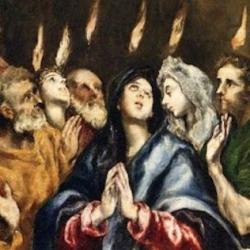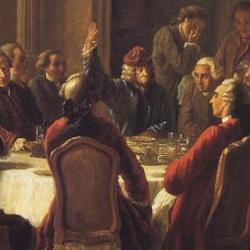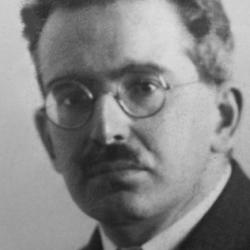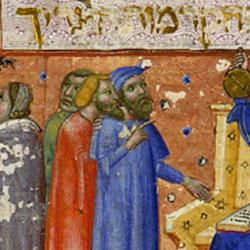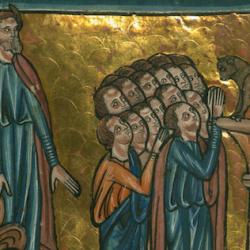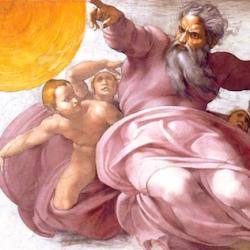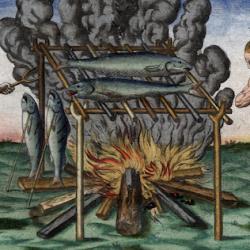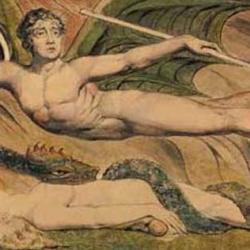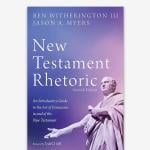What has Pentecost to do with public life? As Paul would say, much in every way.
The Bible does not permit us to confine the work of the Spirit to the inner man or to private experience. Through Isaiah (44:3), the Lord promised to pour out water on the land of Israel and his Spirit upon Israel’s seed. When the Spirit is poured out like water, he turns desolate places to fruitfulness, transforms the dry land into a grove, transfigures the withered leaf into a green (Isa. 32:15; Ezek. 39:29; Joel 2:29; Zech. 12:10; Acts 2:17¯18, 33; 10:45). Restoration of nature symbolizes cultural flourishing. When the Spirit is poured out on Israel, the Lord promises, the nation will be renewed.
At the first Christian Pentecost, the apostles filled with the Spirit proclaimed the gospel in multiple languages, and by the end of the day a community of believers had been established, drawn from “every nation under heaven” (Acts 2:5). The miracle of languages that took place at Pentecost reversed the curse on languages at Babel; the divided nations are reunited by the Spirit. For the Bible, international peace is a Pentecostal reality.
What does a Spirit-filled society look like? We should ask what it sounds like. For the first thing Paul says is that the Spirit makes us noisy. “Do not get drunk with wine, for that is dissipation, but be filled with the Spirit,” he says (Eph. 5:18). Though he condemns drunkenness, Paul implies that the result of being filled with the Spirit is quite similar to the result of being filled with spirits. “They are filled with new wine,” said the skeptics about the babbling disciples at Pentecost (Acts 2:13). It was a plausible mistake.
For Paul, the Spirit doesn’t make us placid and mild, quiet and retiring. When we’re filled with the Spirit, we cannot not speak, and our speech breaks out in boisterous psalms and hymns and spiritual songs. Being filled with the Spirit means being filled with music, in our mouths and in our hearts. A marriage filled with the Spirit is full of noise, harmonious and melodious noise, joyful noise. C.S. Lewis wrote that a Christian society would be a joyful society, rollicking, lighthearted, exuberant. Paul agreed.
By harmonizing diverse human beings, the Spirit also beautifies. It’s only through the Spirit that humanity can manifest the glory and beauty of the God who is Beauty and Glory. Jonathan Edwards wrote: “It was made especially the Holy Spirit’s work to bring the world to its beauty and perfection out of chaos; for the beauty of the world is a communication of God’s beauty. The Holy Spirit is the harmony and excellence and beauty of the deity . . . . Therefore, ‘twas His work to communicate beauty and harmony to the world, and so we read that it was He that moved upon the face of the waters.”
The Holy Spirit is the creative Alpha Spirit of the first day, the one who begins to form the stuff of the creation into beauty. He is the re-creative Omega Spirit of the Sabbath who brings everything to completion. In between, he is the re-creative Spirit who renews the earth and gives life to the world. Christians confess that the Spirit is the “Lord and Giver of Life.” As Alexander Schmemann pointed out decades ago, “life” does not mean a “religious life” erected on a foundation of secular life. Life means life in the fullest, most extensive sense¯physical, cultural, social, aesthetic. And of this the Spirit is the Lord and Giver.
First published at Firstthings.com.

